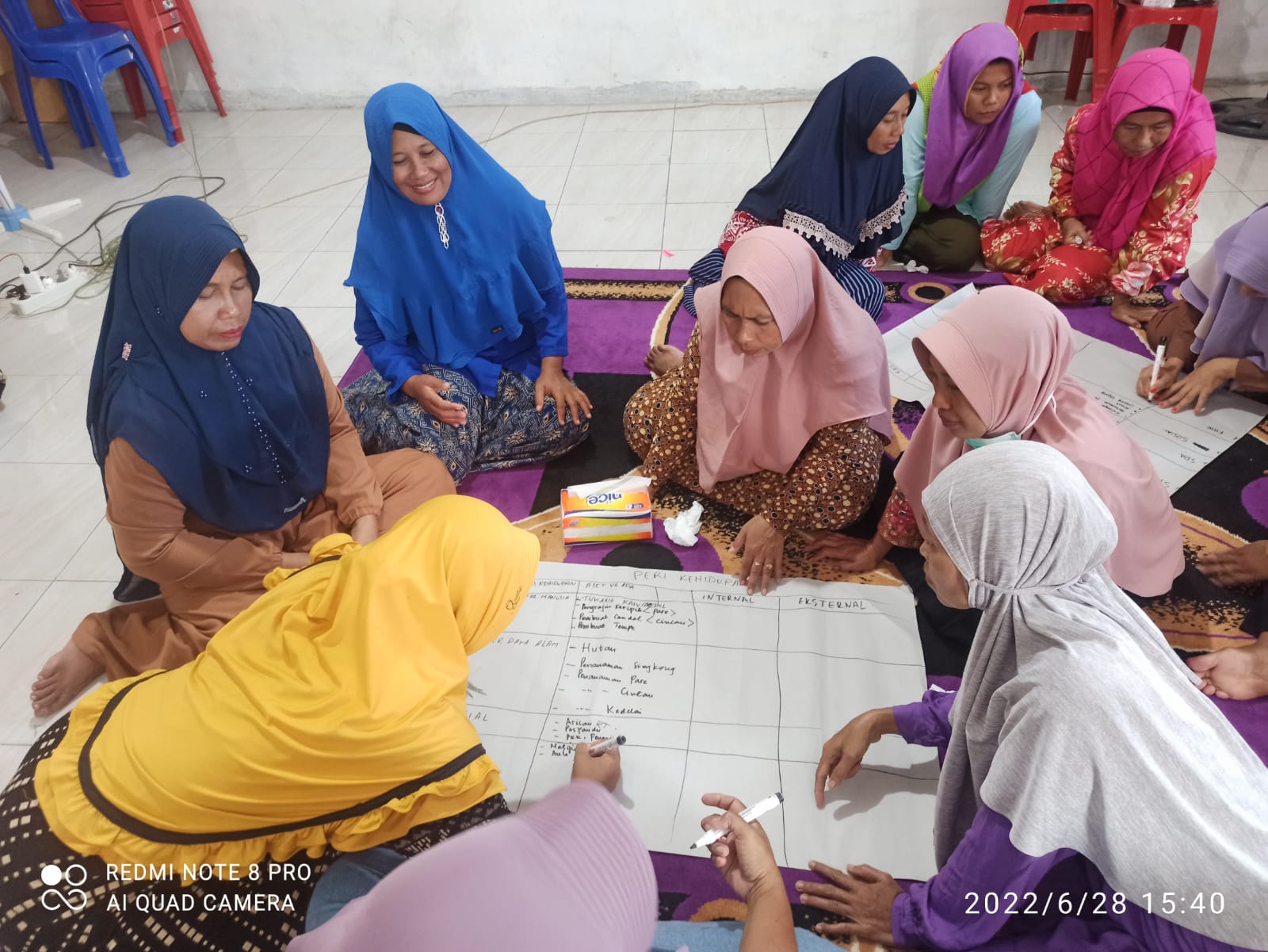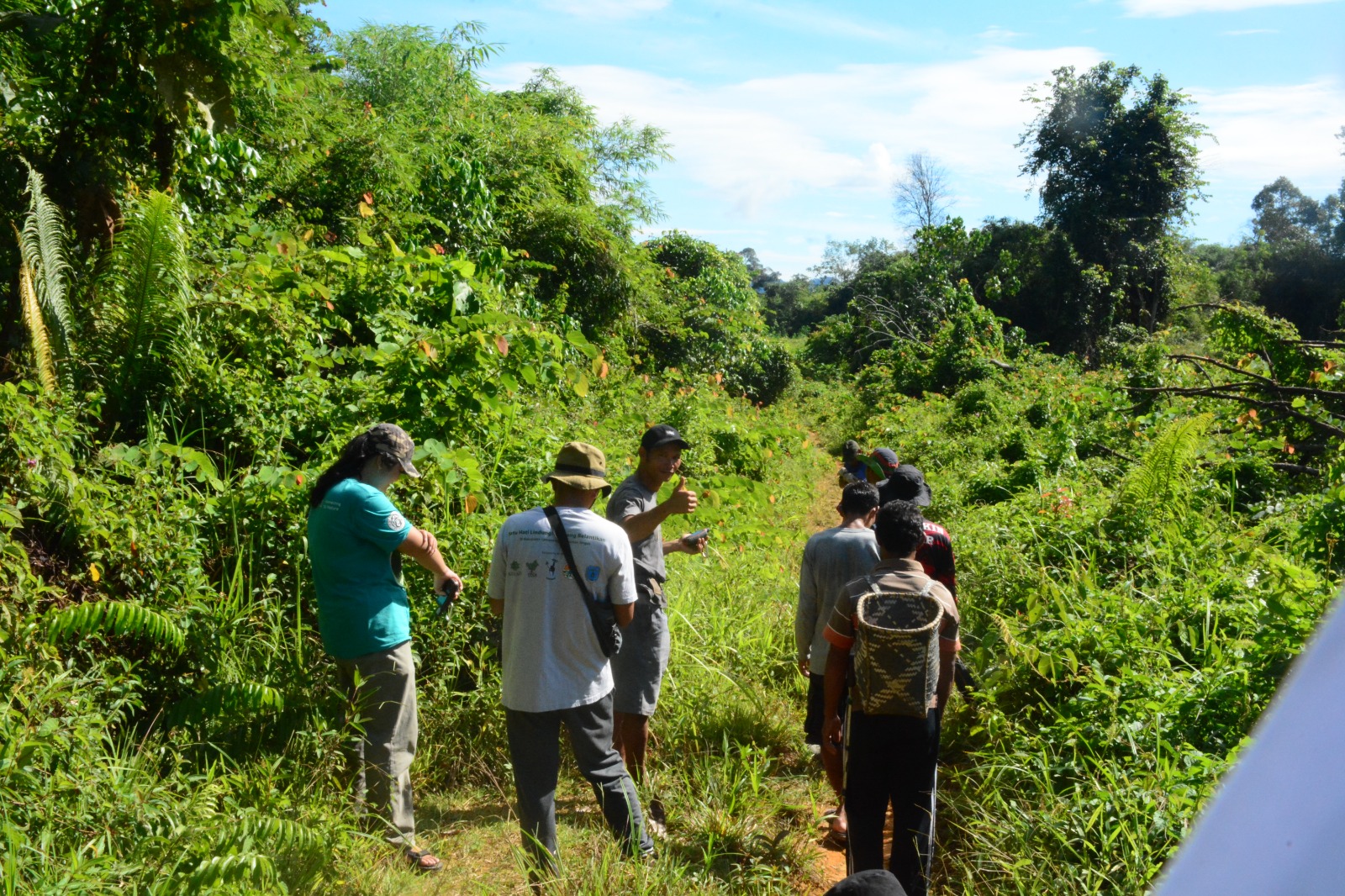


For APL (Non-State-Owned Forest Area) forests, lacking legal protection and reliant on voluntary conservation, quality data on forest cover is crucial. The Kalfor project addressed the need for accurate forest cover data in APL areas. Initially, the existing data was unreliable. MoEF through KalFor facilitation, improved data accuracy using high-resolution remote-sensing from LAPAN collaborating with provincial universities This revised data, showing a total HCVF area of 347,922ha in four districts, provided a solid foundation for decision-making and highlighted the project's commitment to accuracy and empirically-driven, evidence-based practice.
University partners played a key role in deepening knowledge, classifying APL forests by High Conservation Value (HCV) types, and mapping different areas. This scientific approach boosted stakeholder appreciation for forest conservation. Kalfor's role as a bridge between academia and governments facilitated informed, long-term decision-making, enhancing institutional capacity.
Kalfor learned that while quality data is vital in convincing stakeholders of conservation needs, it's not sufficient alone. Decision-making often overlooks conservation values, focusing instead on other interests. Emphasizing the limited scope of remaining APL forests and their vulnerability to conversion is crucial. Real-world impacts of this approach include East Kalimantan's use of geospatial data and Ketapang district stakeholders' engagement in forest cover analysis. Accurate data reporting on regulatory impacts and socio-economic outcomes is essential for comprehensive forest protection and project evaluation.